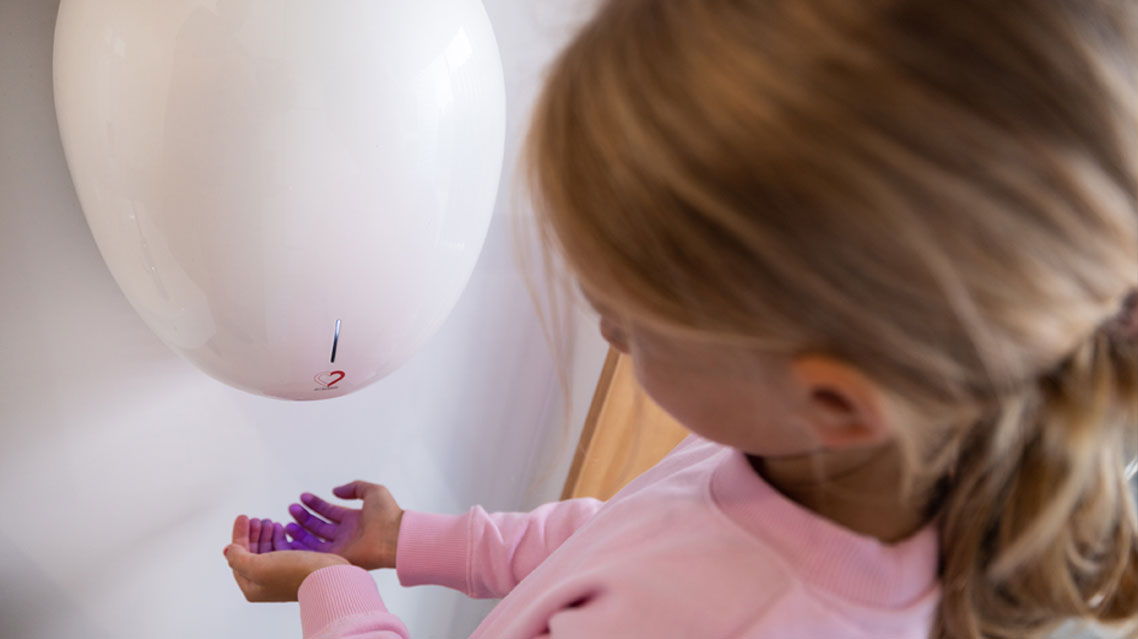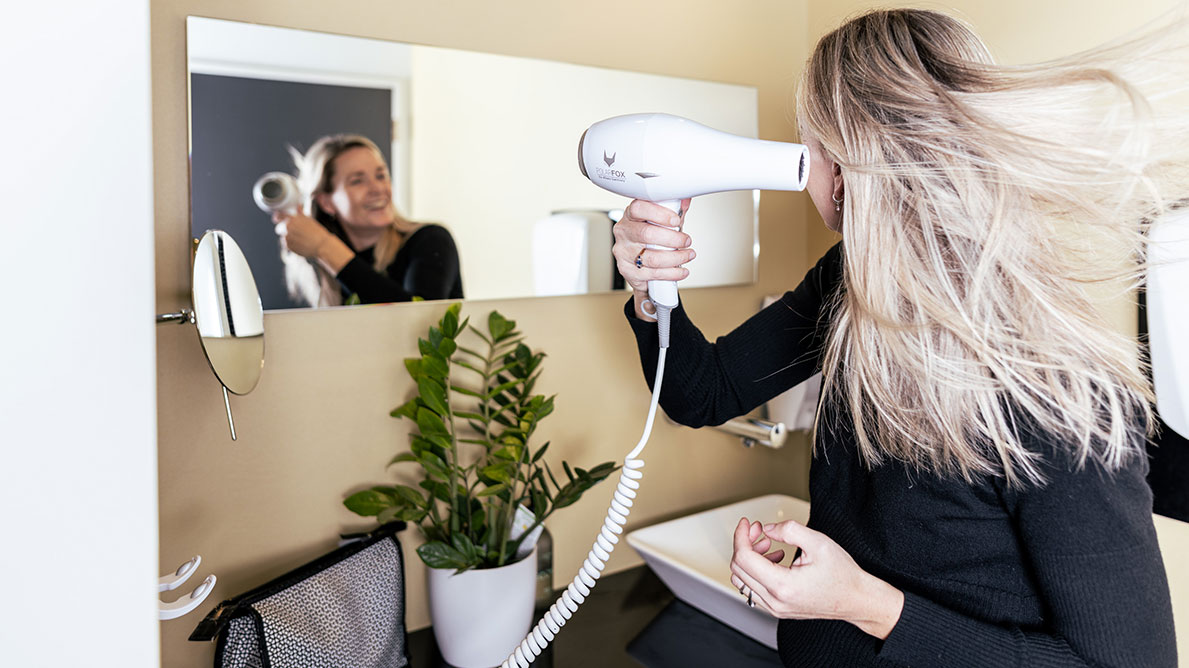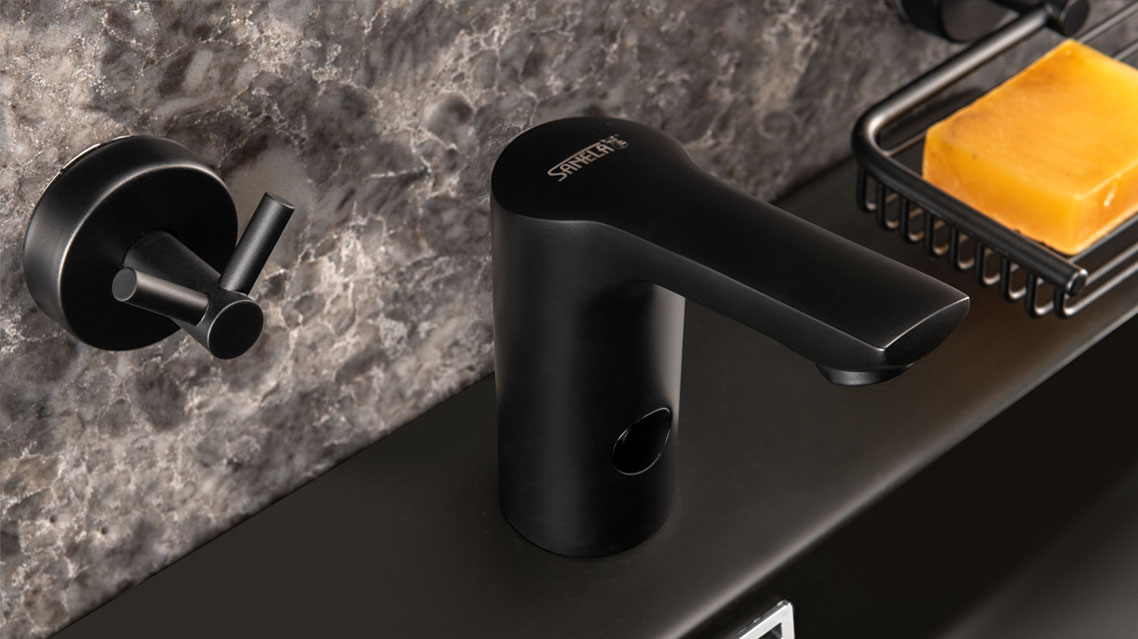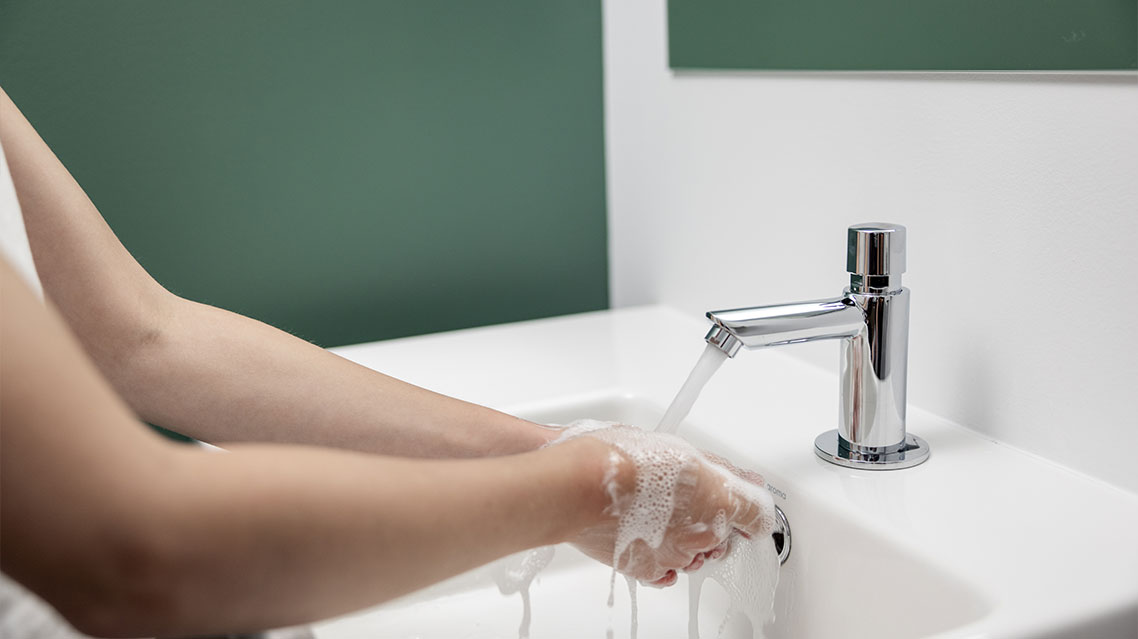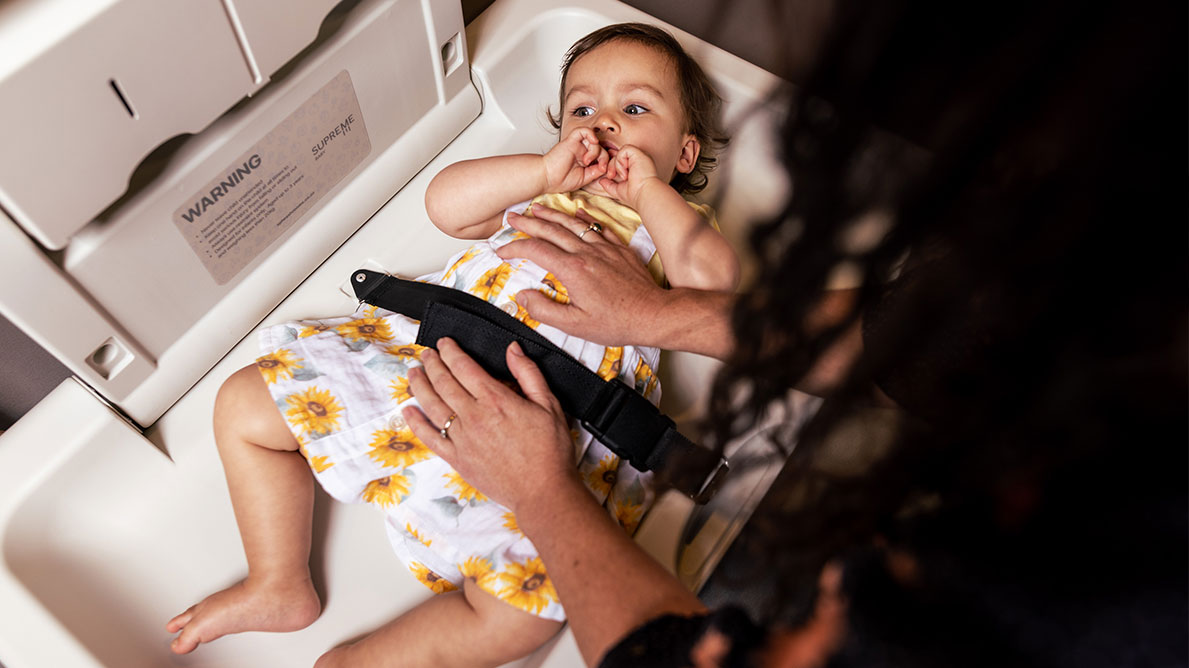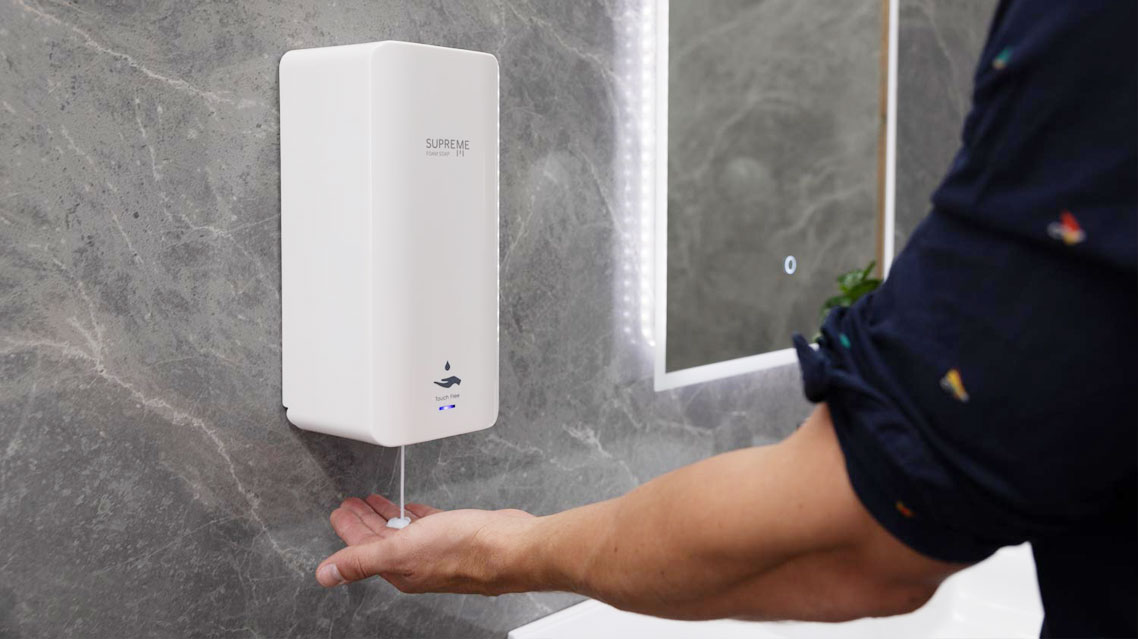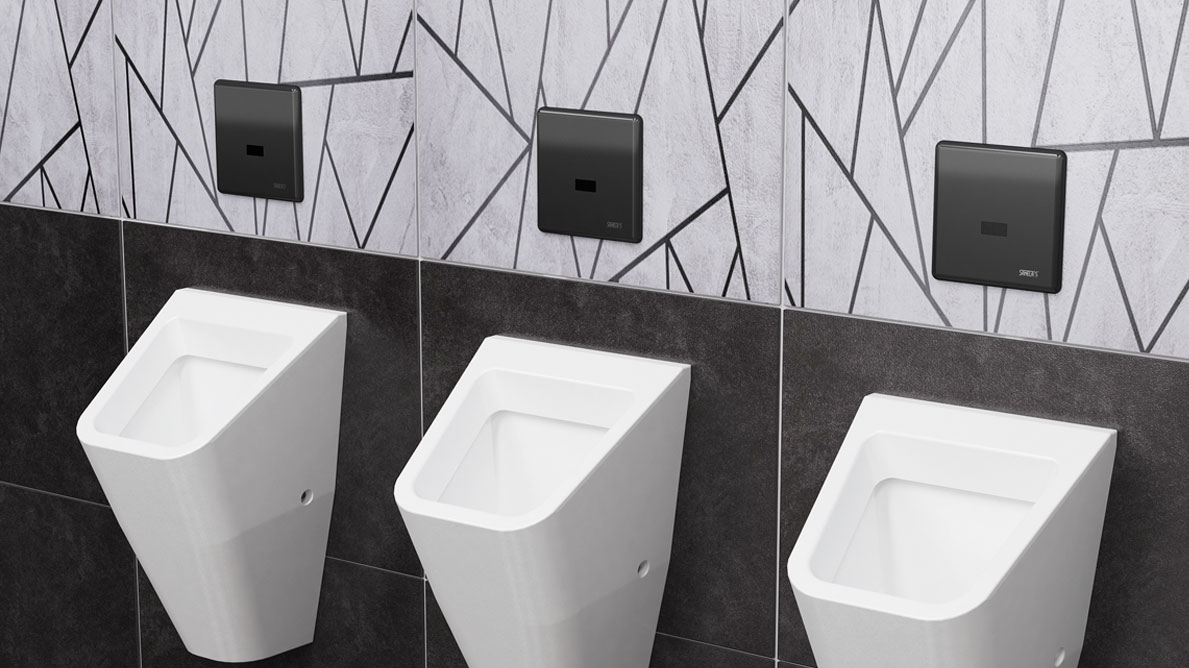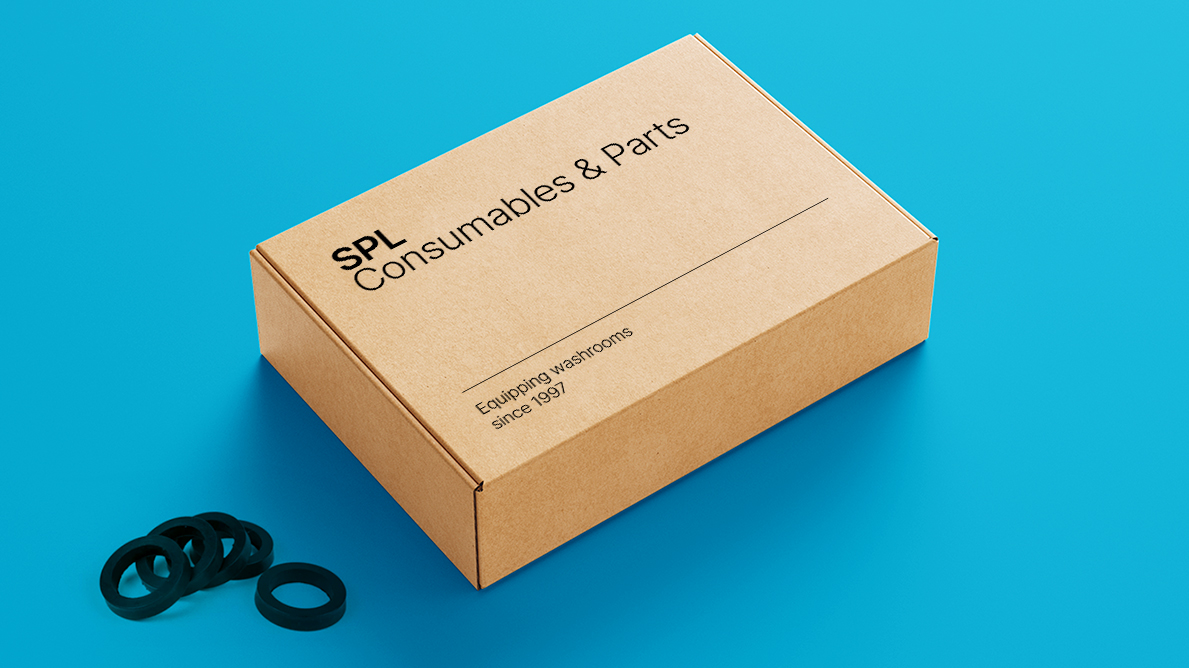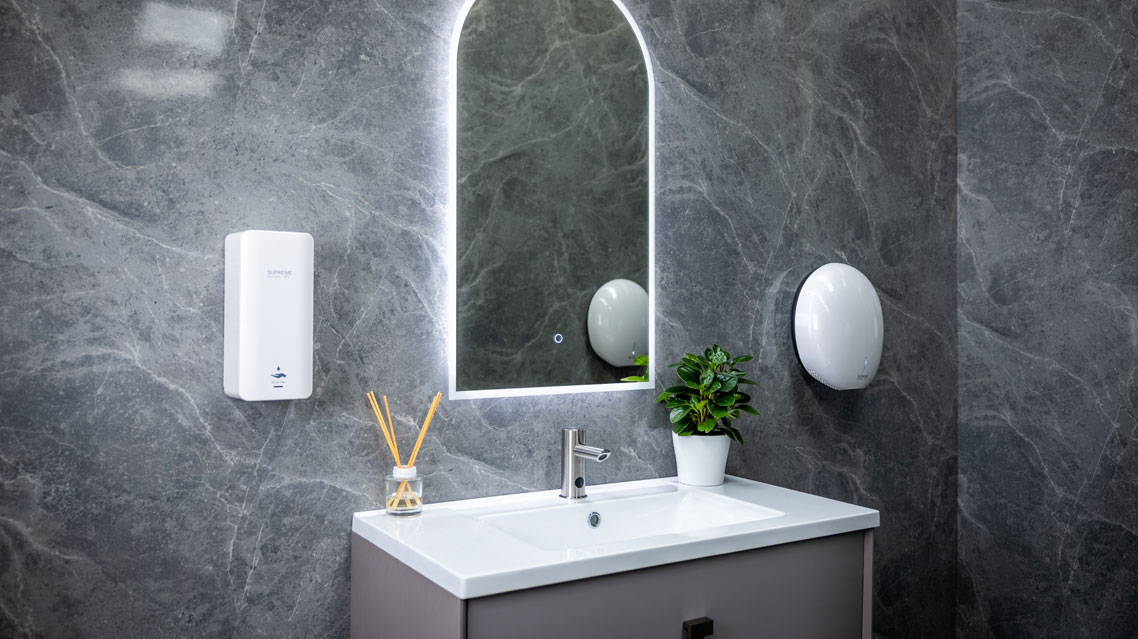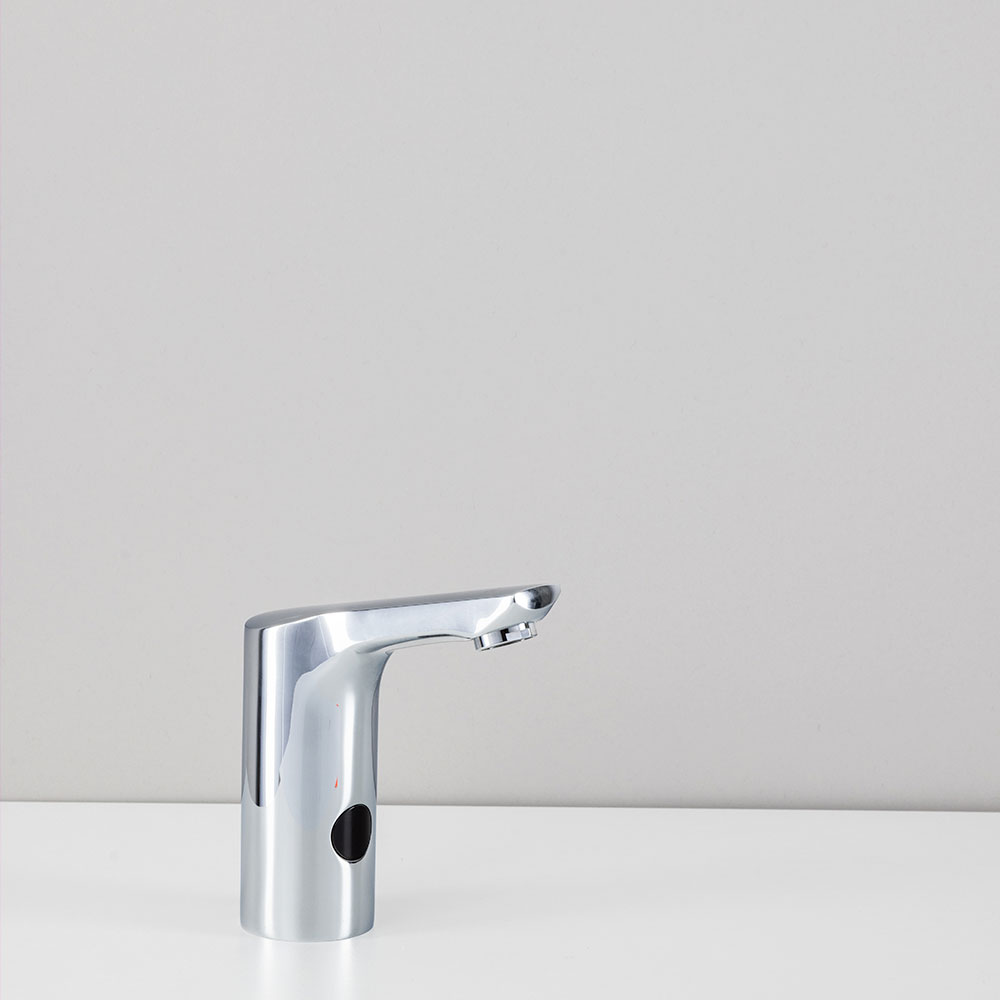Also known as sensor faucets or automatic faucets, these modern fixtures have become increasingly popular in public spaces and homes alike. Beyond the convenience and hygiene they offer, a burning question arises: Can touchless faucets actually save water?
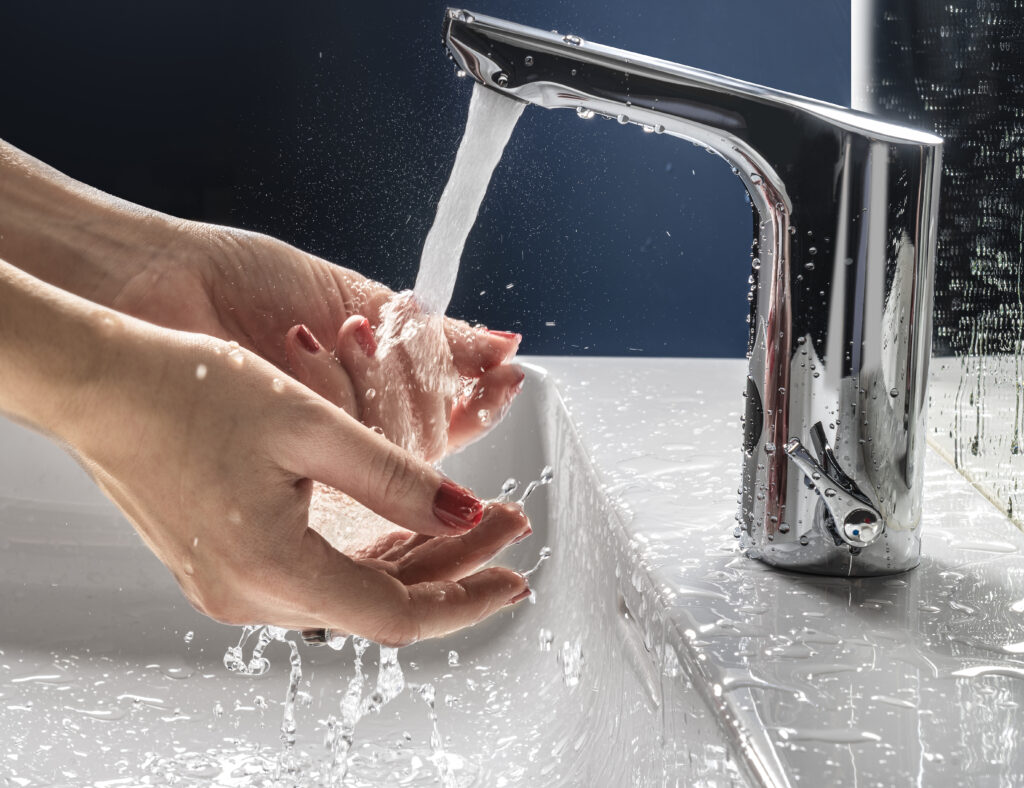
The Automatic Advantage
The key feature of sensor taps lies in their ability to detect the hands and activate the water flow accordingly. This eliminates the need for manual operation, reducing the chances of water being left running unintentionally. Traditional faucets rely on users to turn them off, and we’ve all been guilty of forgetting to do so while lost in thought or multitasking.
Touchless technology tackles this issue head-on by ensuring that water is only flowing when it’s actively needed. In public restrooms or high-traffic areas, where users may not be as vigilant about turning off the tap, this can translate into significant water savings.
A Closer Look at Water Conservation
The potential for water savings with touchless faucets depends on several factors. One crucial aspect is user behaviour. While the touchless feature encourages more responsible water usage, individuals must still play their part in minimising wastage. Proper handwashing habits and awareness of the touchless technology’s capabilities are essential for realising the full water-saving potential.

Considering the Environmental Impact
With increasing global water scarcity and population growth, responsible water usage is imperative to ensure a sustainable and habitable planet for current and future generations.
The touchless tap revolution represents a step towards a more water-conscious future. By combining technological innovation with responsible water usage, touchless faucets offer a practical solution for reducing water waste in various settings.
View our sensor tapware range here
The Sanela sensor tap range by SPL has been awarded a 6 star WELS rating, and has been independently tested in NZ to back up our claims. The 3.8/L aerators ensure maximum water efficiency is achieved.
